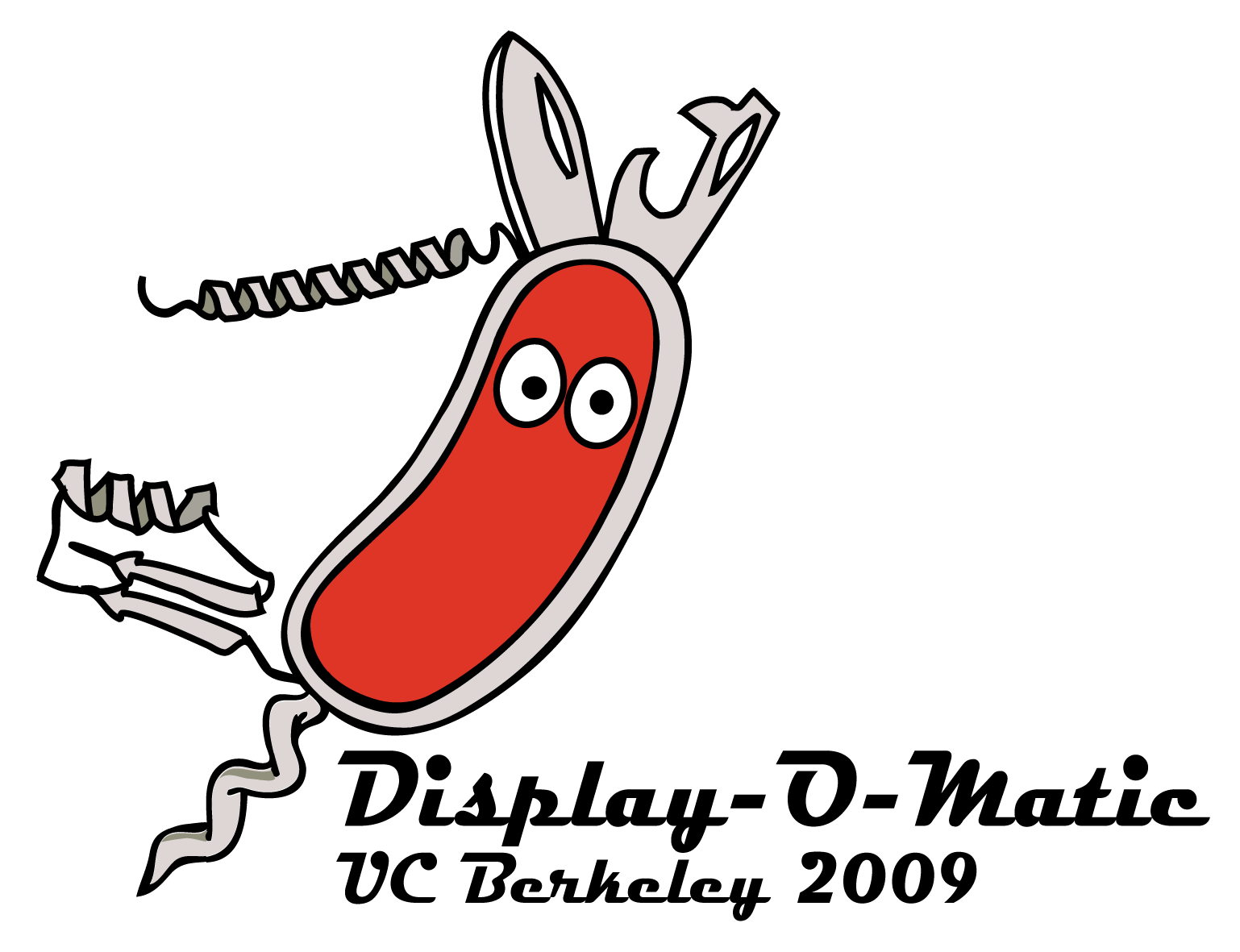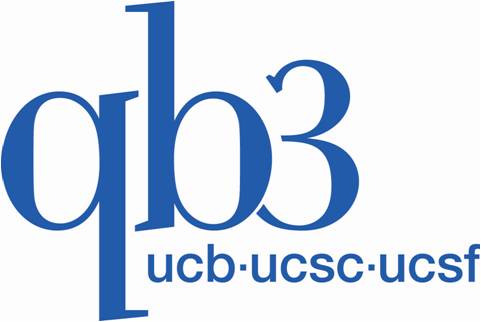Team:Berkeley Wetlab

Abstract
Cell surface display in e. Coli tethers proteins to the outer membrane so that they can be localized to the extracellular environment. While this form of localization has allowed many novel functions to be engineered into e. Coli, work within this space relies on a trial and error approach rather than design principles. We worked to create a foundation of research which would make possible the rational design of cell surface display systems in e. Coli. A combinatorial approach was used to compare the ability of different display proteins to functionally display representative members of different protein classes. An automated assembly method was developed and implemented to create the large number of devices necessary to draw meaningful conclusions about design.
The University of California Berkeley iGEM team aims to expand the design space of synthetic biology by exploring cell surface display. The team adopts a bottom-up design scheme in order to tackle this engineering problem in a well organized, modular fashion. In order to overcome the challenges of engineering Escherichia coli cell surface display, a high throughput, automated, combinatorial strategy is employed to generate and control the system. Using the automated system, we designed and constructed a generalizable and modular display scheme involving the autotransporter localization mechanism. We used our designed system to explore and characterize novel applications of cell surface display in Escherichia coli, the gold standard organism for bacterial engineering.
Acknowledgements
We thank our wonderful advisers: Chris Anderson, Terry Johnson, and Lane Weaver for their guidance and support. We also thank our generous sponsors:
![]()



 "
"






